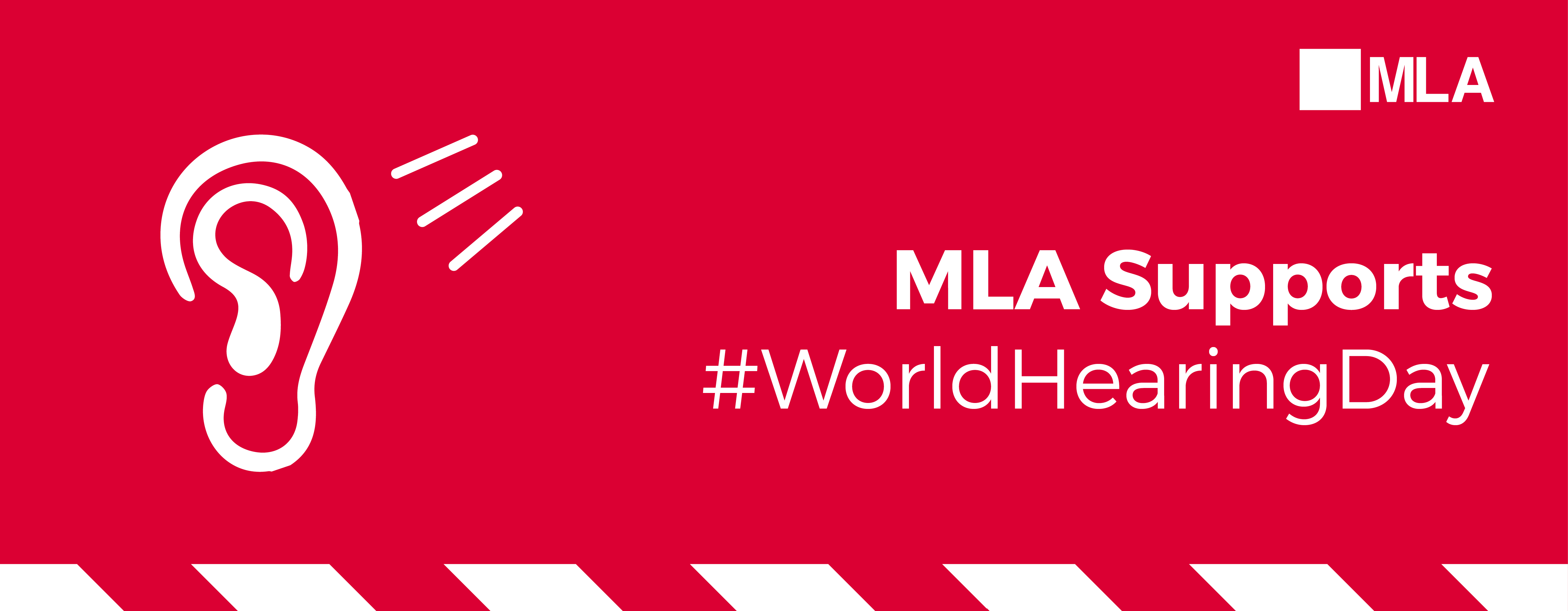In honour of World Hearing Day, we’re taking a closer look at how the ear works, how we hear sound and how you can prevent hearing loss.
Understanding how our ears work
Sounds are invisible vibrations that travel through the air. Whatever the sound – whether it’s someone speaking, music playing or leaves rustling – vibrations are sent through the air in all directions. These are called soundwaves. When soundwaves reach our ears, they cause the eardrum to vibrate. This vibration is transmitted to the inner ear through several small bones, where it reaches the cochlea. The cochlea is a fluid-filled chamber in your ear that contains thousands of tiny hair cells. When our ears capture soundwaves, they convert them into messages our brains can understand. However, how well they are captured – and how clearly they are sent to our brains – depends on how well our ears work.
Types of hearing loss
Hearing loss can be caused by a variety of factors affecting different parts of the ear. Conductive hearing loss is caused by conditions affecting the outer and/or middle ear. This is often treatable so may only be temporary. Sensorineural hearing loss is caused by disorders of the inner ear or central auditory system and is usually not medically or surgically treatable.
While some causes of hearing loss are beyond our control – i.e. aging – there are still many ways to prevent it.
Noise Induced Hearing Loss (NIHL)
Following aging, exposure to excessive noise is generally considered to be the second most common cause of hearing loss. This is because the hundreds of delicate sensory cells inside the cochlea can be damaged by loud noise. When a sound goes above 85 decibels, it becomes damaging; the longer the duration of exposure to this noise, the greater the likelihood of permanent hearing loss which is often accompanied by tinnitus (ringing in the ears).
Hearing loss as a result of exposure to loud noise is completely avoidable. The average concert reaches 105 decibels; by wearing earplugs, sound will be attenuated by around 20 decibels, bringing the noise down to a safer listening level.
However, many people are surprised to learn that the use of headphones and earphones can be just as damaging as a loud concert if used unwisely. This is because headphones produce very loud levels of sound very close to the ear. The easiest way to protect your hearing while using headphones is to turn the volume down.
Investing in noise-cancelling headphones instead of using in-ear headphones is another good way to protect your hearing. By using noise-cancelling headphones, you can lower the volume as they will cancel out background noise and eliminate the need to turn your headphones up to drown out other noises. Over-the-ear models are another alternative to in-ear styles as these models increase the distance between your eardrums and the speakers, lowering the chance of hearing loss.
As the UK’s leading provider of Noise Induced Hearing Loss reports, we deliver a range of NIHL screenings, including Audiology Screening, ENT Reports and CERA Testing – all provided by eminent experts in the field. To learn more about our expertise – and how we can help you – take a closer look at our services.

